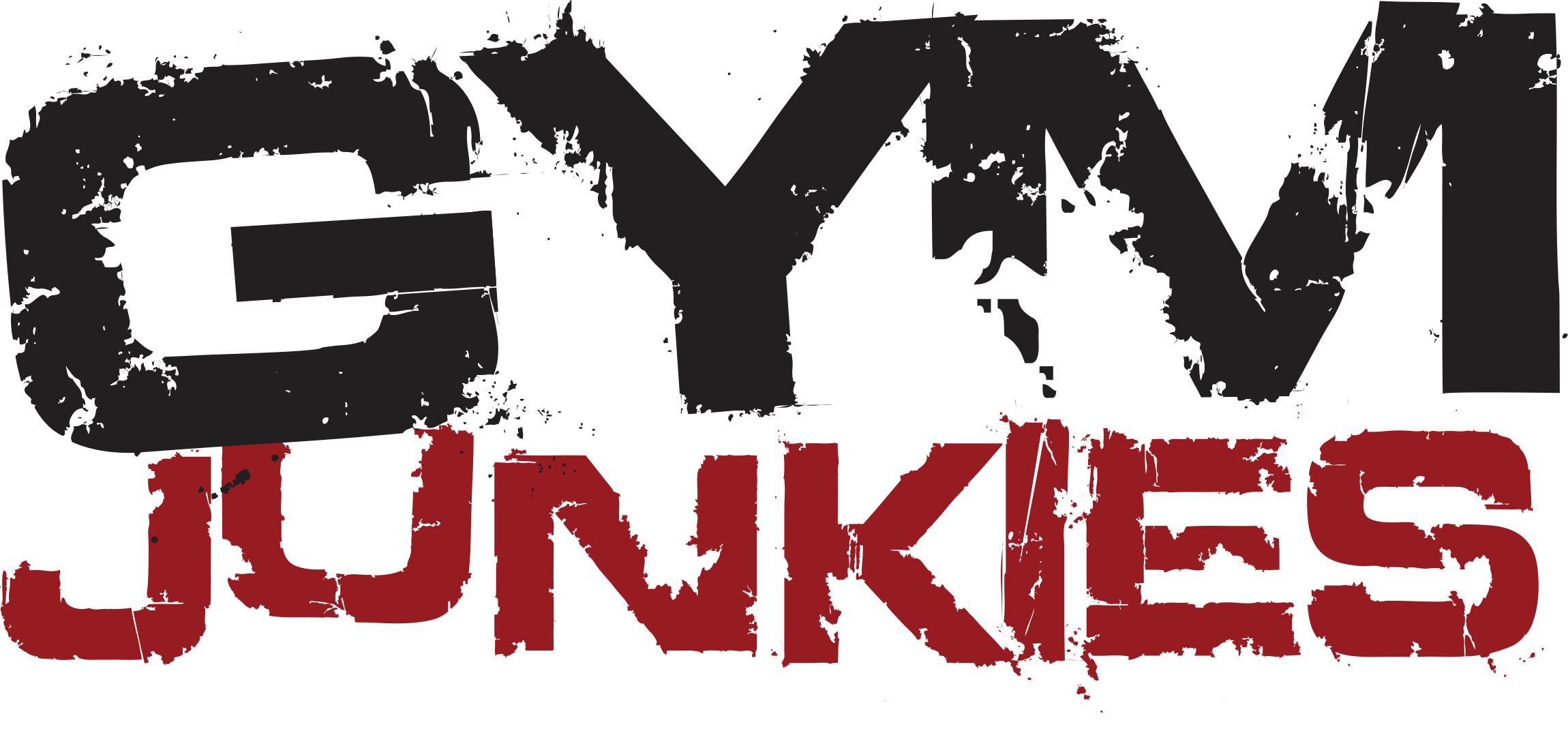
In the previous article, we talked about the importance of frequency and execution when working with a lagging body part. In this article, we are going to explore this topic further. Now, with more focus on structural limitations, range of motion and our ability to contract these weak muscles.
Structural Limitations and Range of Motion
Other things to think about when we are working with lagging body parts, is whether you have any structural limitations that are affecting the muscle’s ability to work. For instance if your range of motion is very bad. Then, there are high chances that something might be off with the surrounding muscles.
You might have a weak antagonist, synergist or any other surrounding muscles. As a result, your ability to contract the muscle you are trying to improve, will suffer. This is because our ability to contract any muscle not only depends on the muscle itself, but the surrounding ones as well.
For instance, let us say you have very tight hamstrings and a bad range of motion in them. More often than not, there are probably some issues surrounding the hamstring muscle. It could be the antagonist, stabilizer muscles, or something else, that is giving feedback to the brain. They are basically saying to your brain to not let you go any further, not allow any more range of motion.
The reason being, we have not built stability to contract the joint at that point in the movement. In turn, this will obviously shorten your range of motion, and decrease your ability to contract the muscle.
Switch Your Focus

This means, if we have trouble developing a certain body part, we might have to focus on bringing up a different tissue altogether. It could for example be the antagonist or the synergist.
Someone who has tight hamstrings, and lacks a range of motion in their hamstrings, might actually have to focus on something else to grow them. They might have to improve the intensity of their contractions in rectus femoris, hip flexors or their knee extensors.
Maybe even improve the gastric for knee stability. There are so many different possibilities.
The key is to find the weak link in the chain, which could be the main cause of a lack of range of motion. And also the ability to contract in the hamstrings.
Execution and Lagging Body Parts
In the same way, we can improve execution. In a lot of cases, what we actually need to focus on if we want to improve execution in a given muscle, is actually a different muscle. We have to take a few steps back, and pick exercises that allow us to take the weak muscle through the full range of motion.
From there, get really good at contracting in the extremes of the ranges. Eventually we can see that the health and mobility of these joints improve. In addition to our ability to contract these muscles.
Again, we are looking at a different case with the same principle. Sometimes the lagging body part is not not the issue itself, but a byproduct of some problems in a different place.
Increased Volume With a Lagging Body Part

If we have a lagging body part, we usually have a poor ability to contract and a limited range of motion. Thus, adding more volume can become contradictory. In essence, when you are training with a weak muscle group, you are continually exposing your body to a place where it lacks stability and strength.
By increasing volume and not actually going to the root of the problem, you are just increasing your body’s reflexes to protect itself from going somewhere it does not feel safe. Maybe the range of motion will improve for that muscle in a given workout, but over time it will just keep getting worse.
This may lead to more joint instability. Also, with increased repetition, the computation patterns will grow. As a result, the body will naturally try to incorporate an increased amount of surrounding tissues. Essentially, because it is actually trying to avoid this position you are taking it to.
Eventually, it becomes a habit. Unconsciously, your body will keep changing up the technique for this movement, doing everything it can to avoid it. Anything it can for you to avoid contracting this weak tissue. And to avoid taking the joints into positions it does not feel stable in.
Of course, there are many ways that people attempt to remove these inhibitory responses. But they are just quick-fixes and will make it worse down the road.
For instance, people will use a tennis ball to massage a certain tissue, foam rollers, and many other methods. Anything that kind of pauses these safeguards for a few moments. After doing that, it can make you think “oh wow, now I can get a full range of motion in this exercise.” When in reality, it can make you more prone to injury.
Dangers of Not Solving the Root Problem
It is absolutely necessary to go the main root of the problem, which more often than not, is another muscle group. Usually a surrounding muscle group. Then, improve your execution in that muscle group, as well as your stability and ability to contract these muscles.
If you avoid this, you are just allowing more room for injury. Not only that, but you will go down the rabbit hole of having to warm up and foam roll for an hour before actually starting your workout.
Truth being told, if you are healthy and your training is good, warm-ups should be minimal. If not, almost non-existent. The ideal warmup is basically just getting into the gym, and go straight to the exercise you are going to perform. Thus, warming-up and preparing for your workout with your first exercise. Of course, not going to 120 lbs dumbbells immediately, but doing a few sets to prepare for the loads.
Training Squats
Let us assume you are going to do squats, then you should go to the squat rack right away. And not spend hours running on the treadmill, foam rolling and ab exercises. If you have to do these things before squatting, they are probably a part of the weak links of your squat. Weak links that you have not improved and addressed.
Meaning, if you have to continually do these so-called “activation exercises”, and any other warm-up techniques, you are probably avoiding the main problem.
Therefore, adding all of this warm up is basically just adding a bunch of unnecessary volume. Obviously, it is not the same volume as when we workout, or have a very taxing metabolic workout, but it definitely steals your time. Time that you could actually spend on working out, recovering or spending with your family.
Frequency and Execution

Whether we want to improve a lagging body part or a structural balance, it comes down to the same principle. We should focus on frequency and execution. Equally important is being honest with oneself, and digging deep into what your main limitations are. The causes could be many, therefore it is vital to look at our antagonist muscles, synergists, stabilizing muscles, and any surrounding muscles of the weak link. Anything that involves the exercise or muscle we are trying to get better at.
Unquestionably, any of the mentions above could affect your range of motion and ability to contract your weak muscles.
As we have seen when a muscle is weak, most often, it is not solely that muscles’ fault. You might need to improve execution in surrounding muscles, or all sides of a specific joint. Thus, if you are lacking mobility somewhere, chances are you need to improve contractability and strength on the opposite side.
By fixing that one lacking part, very often your mobility will improve. Additionally, your ability to contract that muscle.
Avoid Volume
Therefore, when we are working on improving a lagging body part, it is rarely a good idea to add more volume. Unless you have already attacked the weak link and improved the areas we have talked about. Even at that point, where volume might not be detrimental, there could be more efficient ways to improve the weak link. Of course, without adding volume until everything is in balance.
Without a doubt, there is a time and place for increasing volume. Sometimes it is necessary to add more volume to achieve a certain stimulus. But, when the time and place is not right, there is rarely any benefit to just throwing on loads of volume.
A majority of the time, an increased amount of volume where it is not needed becomes detrimental. Therefore, if you want to improve a lagging body part, you should focus on frequency and execution.
Conclusion
It is clear that whether we want to bring up a lagging body part or improve structural mobility, we need to find the main problem. The majority of the time, it is actually the surrounding or stabilizing muscles that happen to be the weak link. Instead of throwing a bunch of volume at those, and creating more bad habits, we need to take a few steps back and improve those. More specifically, improve our strength and ability to contract these weak links throughout their entire range of motion. In turn, our mobility and lagging body parts will naturally improve.
Thank you for reading our article!
– Terry Asher
Terry Asher
Latest posts by Terry Asher (see all)
- Better Family – Product Review Liquid Daily 2 oz - Dec 16, 2024
- Post-Workout Recovery: The Key to Optimal Performance - Nov 25, 2024
- Pre-Workout Supplements – Everything You Need To Know - Nov 18, 2024











[…] Source link […]
[…] is not enough work required for adaption. Meaning, we need to get past this barrier before our body actually adapts and […]
[…] is not enough work required for adaption. Meaning, we need to get past this barrier before our body actually adapts and […]
[…] Source link […]
[…] Source link […]
[…] is not enough work required for adaption. Meaning, we need to get past this barrier before our body actually adapts and […]
[…] Source link […]